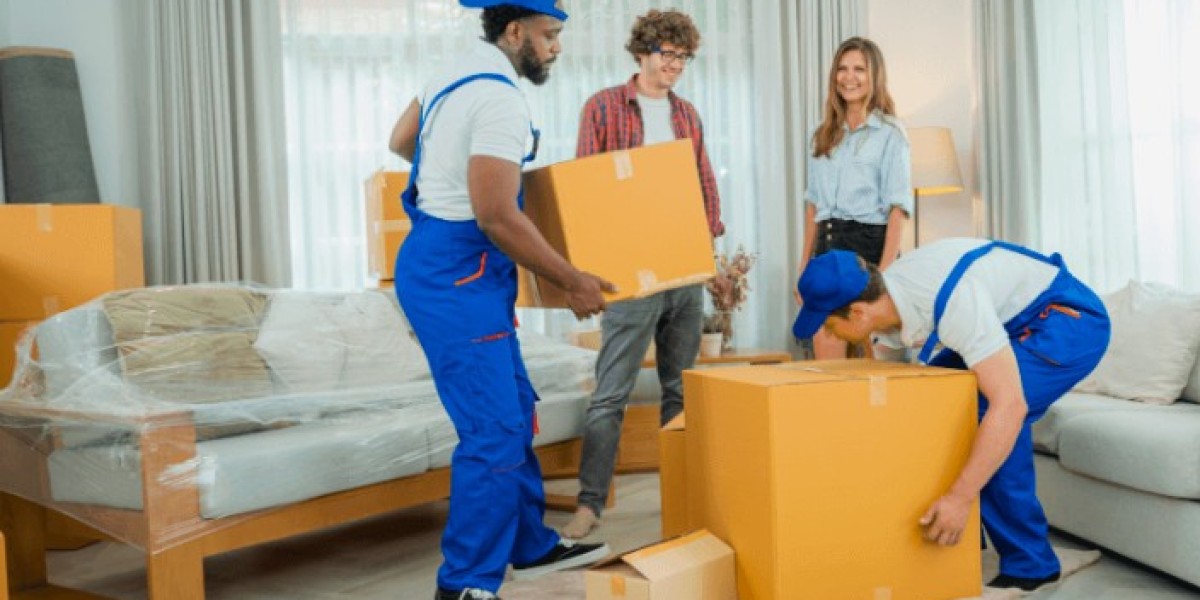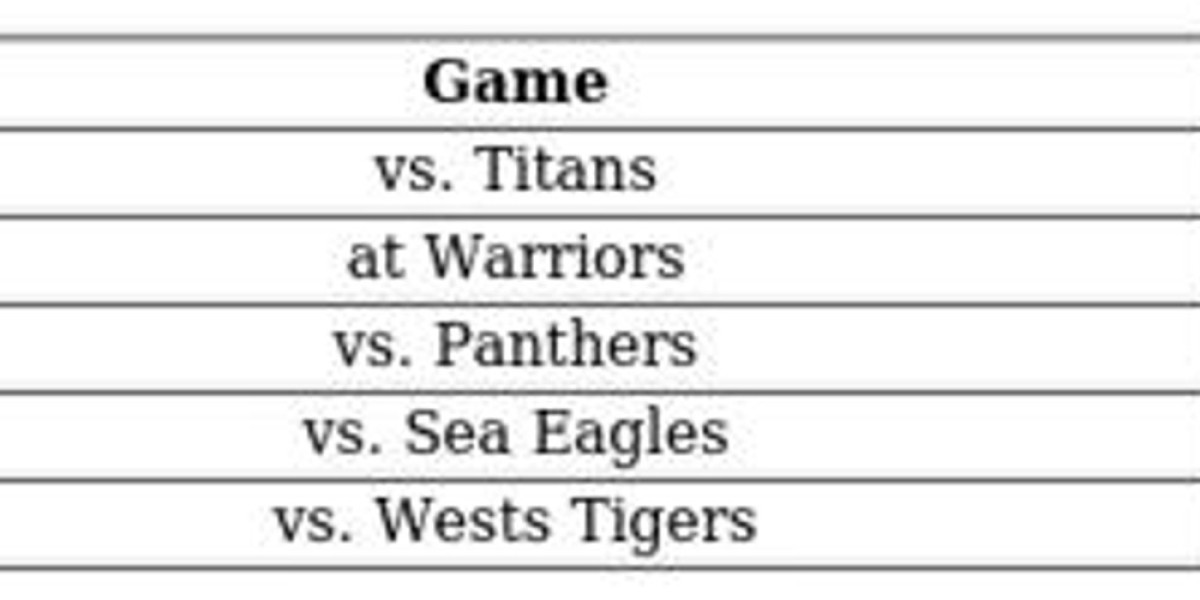Understanding the Problem: When Water Sneaks Beneath the Surface
Water seepage is one of those sneaky home issues that often start small—an unnoticed drip under the sink, a slow leak from the washing machine hose, or even condensation along poorly sealed pipes. Over time, those little leaks can soak through subflooring, weaken joists, and warp hardwood or laminate planks.
As someone who has worked on countless flooring repairs, I’ve seen homeowners shocked by how extensive hidden water damage can become. What started as a “tiny damp patch” often turns into a costly floor replacement once the moisture spreads. The real challenge? Most of the damage happens beneath the surface, invisible until the problem becomes severe.
How Water Seepage Affects Flooring Materials
Different flooring types respond differently to water damage. Understanding these differences can help you react faster and minimize costs.
Hardwood Floors: Water causes wood to expand, cup, or buckle. Once the boards warp, refinishing rarely restores their original shape.
Laminate Flooring: The fiberboard core absorbs moisture quickly, leading to bubbling and separation at the seams.
Tile Floors: While tiles themselves are waterproof, water can seep through cracked grout or loose tiles, damaging the subfloor beneath.
Vinyl or LVP Flooring: Water can infiltrate edges and corners, leading to mold growth under the planks.
Carpet: Even small leaks can cause unpleasant odors and mold if not dried quickly.
A professional once told me, “It’s not the water you see that ruins a floor—it’s the water that gets trapped underneath.” That’s why timely detection and proper drying matter just as much as fixing the source of the leak.
Early Warning Signs of Water Seepage
Spotting seepage early is the best way to save both your floors and your wallet. Look for these red flags:
Soft or spongy areas underfoot, especially near sinks or appliances
Discoloration or dark stains on wood, vinyl, or baseboards
A musty odor, signaling trapped moisture or early mold growth
Peeling, cracking, or lifted edges in flooring
Visible mold or mildew, particularly in corners or under mats
A simple yet effective test: place a paper towel over a suspected damp area overnight. If it’s moist in the morning, you’ve got seepage to deal with.
Common Sources of Water Seepage
Homeowners often blame heavy rain or poor drainage, but many water seepage issues come from inside the home:
Leaky pipes under kitchen or bathroom sinks
Cracked grout or caulking in showers
Worn-out washing machine hoses
Dishwashers or refrigerators with slow internal leaks
Faulty toilet seals or loose plumbing joints
I once encountered a case where the culprit was a refrigerator water line that had been slowly dripping for months. The leak was so minor it never formed a puddle—but it soaked into the subfloor, causing the vinyl to bubble and mold to form beneath.
Insider Tip: During your regular cleaning routine, check behind and under appliances once every few months. It’s a simple habit that can catch leaks before they become disasters.
Steps to Address Water Seepage
Once you’ve confirmed a leak or moisture issue, here’s the practical order of action:
1. Identify and Stop the Source
Turn off the water supply to the affected area immediately. Don’t just mop up and move on—unless the root cause is fixed, the problem will return.
2. Dry Out the Area
Use fans, dehumidifiers, and open windows to remove moisture. For severe seepage, professionals may use industrial air movers or infrared dryers to reach under flooring layers.
3. Inspect the Subfloor and Underlayment
If you suspect prolonged exposure, remove a small section of flooring to check underneath. Mold or soft spots mean deeper repairs are needed.
4. Repair or Replace Damaged Sections
Minor warping might be sanded down or refinished. However, extensive damage often requires replacing boards, tiles, or sections of subfloor.
5. Disinfect and Seal
Before reinstalling flooring, clean and disinfect the area to prevent mold. Consider applying a moisture barrier primer or waterproof underlayment for added protection.
Prevention: Stopping Seepage Before It Starts
Water damage prevention isn’t glamorous, but it’s much cheaper and easier than fixing it later.
Here’s what experienced contractors recommend:
Seal grout lines and joints annually to prevent water infiltration in tiled areas.
Install leak detectors under sinks and behind appliances; many affordable models send alerts to your phone.
Check caulking around tubs, showers, and sinks at least twice a year.
Insulate pipes in colder areas to prevent condensation and bursts.
Keep appliances slightly raised off the floor to allow air circulation and easy inspection.
According to home renovation professionals in Contractor Plant City FL, many homeowners overlook preventive maintenance because “everything looks fine.” Yet unseen plumbing drips can cause slow, structural damage that’s far costlier than a quick inspection.
A Personal Observation: The “Dry on the Surface” Trap
One common mistake I see is homeowners assuming that if the surface looks dry, the problem is solved. Unfortunately, moisture often lingers below the top layer—especially with laminate or engineered wood flooring.
I once checked a hallway where the homeowner had replaced a few warped boards themselves. The surface looked perfect, but underneath, the underlayment was soaked and mold had begun spreading. The entire subfloor had to be replaced.
Insider Tip: After cleaning up a leak, always use a moisture meter (available at most hardware stores). It’s the only reliable way to confirm the area is completely dry.








